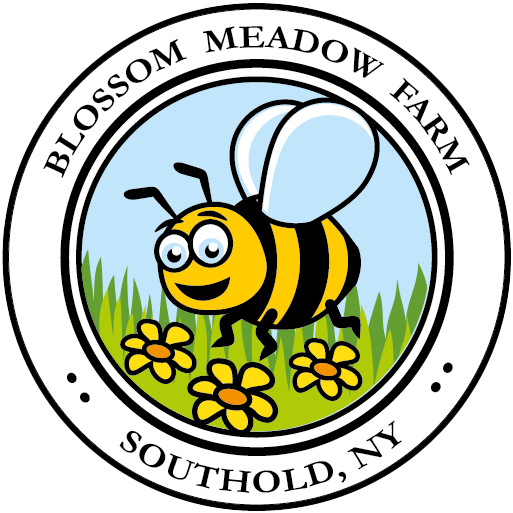Our Research
The Farm as Living Laboratory
As “farm ecologists”, we see Blossom Meadow as a living laboratory to experiment and learn more about pollinators. As bees decline worldwide, fly pollination becomes increasingly more important. Our research focuses on expanding habitat for the larval stages of flower flies (Syrphidae) so that more adults emerge to pollinate crops.
Understanding Flower Fly Larvae: Two Critical Roles
Eristalinae larvae are decomposers, thriving in semi-liquid organic matter where they feed on microorganisms.
Syrphinae larvae are natural pest controllers, voracious predators of aphids and other soft-bodied insects.
Both groups, though ecologically different, play key roles in sustaining healthy farmscapes.
1. Eristalinae Nurseries
We are developing and trialing a Flower Fly Nursery®, an intentional micro-habitat designed to mimic the natural breeding site for Eristalinae that are now scarce in modern landscapes. These nurseries contain a carefully balanced mixture of water and organic matter enriched with our Flower Fly Superfood™, a nutrient infusion that stimulates microbial growth. The result is an anaerobic, organic-rich slurry which is exactly the kind of environment Eristalinae larvae prefer. Female flower flies are drawn to the nursery by its distinctive reductive aromas, which signal a safe breeding ground. Once the eggs hatch, the larvae feed on the thriving microbial community, grow rapidly, and eventually emerge as adult pollinators.
By creating reliable breeding sites, we are intentionally removing reproductive bottlenecks for Eristalinae. More nurseries translate into more adult flower flies nearby—boosting pollination for berries, tree fruit, and vegetables. And because suitable breeding sites are often the limiting factor in population growth, the nurseries help ensure that flower flies stay clustered where they are most needed—right on our crops.
2. Companion Planting to Amplify Syrphinae Presence
We are experimenting with companion planting strategies that support Syrphinae, the aphid-hunting subfamily of flower flies. More specifically, we established a large common milkweed (Asclepias syriaca) planting adjacent to our 96 ft long high tunnel greenhouse housing our red raspberries.
Milkweed attracts oleander aphids (Aphis nerii), a species that feeds on milkweed but does not infest agricultural crops. These aphids act as “banker prey”. Adult Syrphinae (such as the Long-tailed Aphideater Eupeodes americanus) lay eggs near the aphid colonies on the milkweed. The larvae hatch, feed on the aphids, and develop into the next generation of flower flies to pollinate our red raspberries throughout the season. By treating milkweed as a “nursery plant,” we intentionally connect biological control with pollination.
